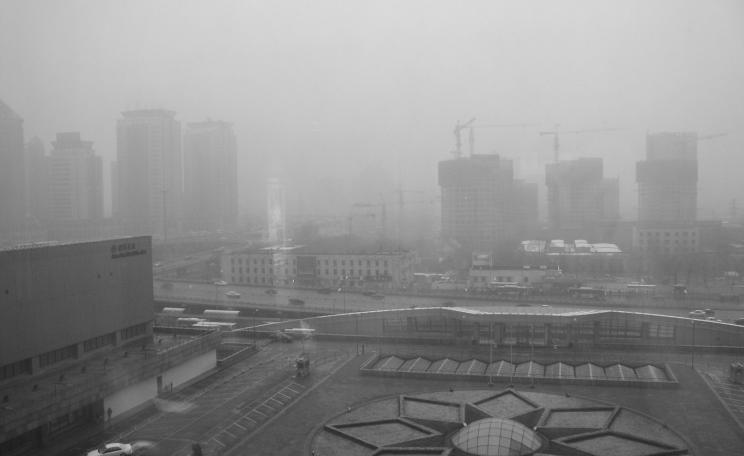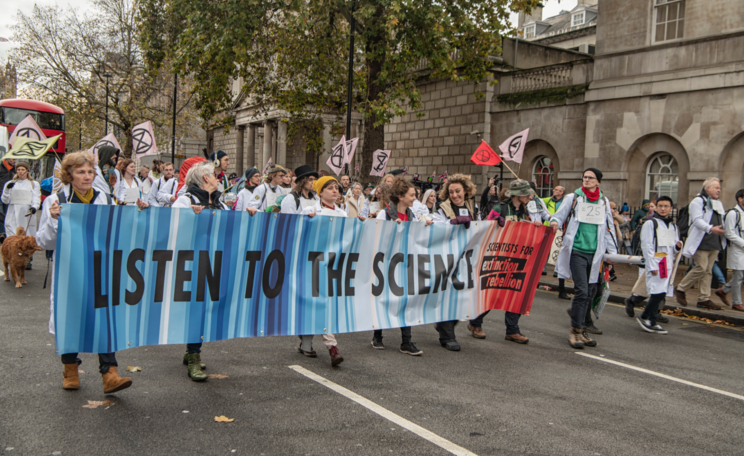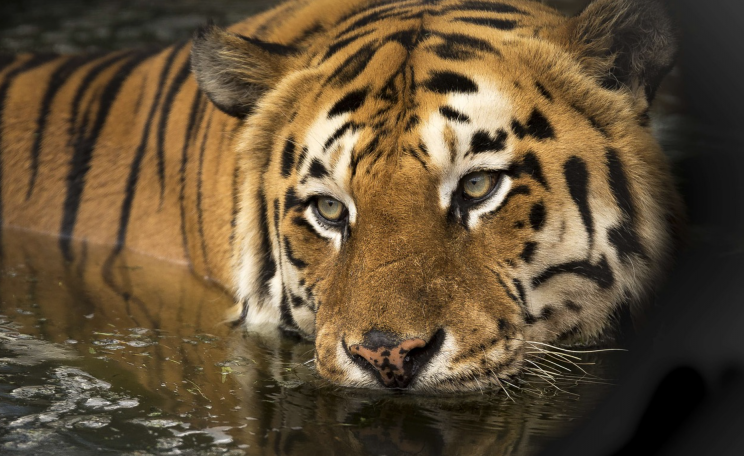The faster we can undertake the mitigation, the better it will be.
Professor Penny Endersby, the chief executive of the Met Office, talks to The Ecologist about Earth system modelling in a time of worsening climate extremes - and how the time for urgent action is now.
Nick Breeze (NB): We regularly hear climate scientists referring “to the models” and often they are referring to the Met Office climate models. Can you give some background on how you generate the model outputs and where the data comes from?
Penny Endersby (PE): We approach modelling the climate in numbers of different ways but when the community talks about the models, or our Met Office model, it really is talking about our physical models.
So, this is very much a model of the whole Earth system including the atmosphere, and it is based on dividing the globe up into cells as small as we can computationally cope with. We then generate what would be a digital frame of the Earth as it is at the moment and then project that forward and backward in time.
With the weather model, we do that with incredible fidelity. We are taking in 215 billion computations a day to take a picture of exactly everything we know about the Earth, the air, the sea, the land-surface. Then we project that forward over a short period once.
For climate, we have to go back much further and forward much further so we don’t have quite as many observations but they are still based on real observations wherever we have them.
For historical observations, we have to go further back and when we project forward we can change atmospheric conditions so we are putting different amounts of carbon dioxide or whatever in that atmosphere to see how that would change rather than just looking at the atmosphere how it is today.
Successes
NB: What have been the big successes in climate modelling that have really been impactful in shaping our understanding of climate, especially on the global scale?
PE: I suppose the big successes have been that we have been projecting within the limits of the error that we have declared, correctly, the global temperature rise back since the 70’s now.
But in more recent times, you are right to say that it is those whole Earth system elements that we are beginning to put in. Not just the atmosphere but the ocean, the land-surface, the sea ice, the jet stream, and those details.
We are starting to be able to reflect the carbon and nitrogen cycle, including drawing out what would happen with different levels of tree planting or protection of peat bogs, or whatever it is. So, we are being able to look at some of those climate feedback loops now.
Outputs
NB: The outputs, the things that you are seeing, especially when you project forward, where does that data end up? I know that it ends up at the IPCC and places like that, where else, are there industries that use it, policymakers obviously
The faster we can undertake the mitigation, the better it will be.
PE: It depends on whether you mean at a global or a national level because we have a global and a national remit. The most important thing we do with our global series is to feed that into the IPCC. We are one of many but we are one of their most important modelling centres.
Other organisations use it as well. You may have seen today the WMO looking at our seasonal to decadal forecast and we are the lead centre for that on their behalf.
We also do work for the Foreign Office and DfID where we are looking into specific regions of the globe where we are offering support. It tends to be on the shorter, kind of decadal timescale rather than the centuries.
So that is the kind of global mission and then in much more detail, we influence the UK policymakers through our UK climate predictions which we are able to do on a much finer resolution. This is down to 2km’s over the UK, saying what you can expect to see over a different period and that very much drives the mitigation and adaptation policy here.
Policy
NB: This feels like a controversial decade because there are a lot of people saying we have to do everything in 2020 to set the climate outcomes for 2030, 2050 and so on. What is the Met Office view that you are pushing in terms of policy influence?
PE: Well don’t forget that we are not the policymaking body. We are a scientific and we provide the science that helps the policymakers make that policy but in that information that came out last week, what we were talking about was the likelihood, given the situation we are in, of seeing months and individual years when we would tip over 1.5ºC.
That doesn’t mean the whole global average is over 1.5ºC. That will come later but in all likelihood that is the very best we can expect, to move within touching distance of having emitted all the carbon for 1.5ºC total average rise now.
Notwithstanding that, my headline message to anybody is, the faster we can undertake the mitigation, the better it will be and if we can’t hit 1.5ºC we still want to hit 2ºC and 2 is better than 3 and 3 is better than 4!
So we should try and the time for action is now. It is urgent to do something.
The other side of that and our key messages are around the adaptation because we are going to have to do something. We are going to see 1.5ºC. We haven’t even seen everything that 1.1ºC has thrown at us yet, which is something people don’t always appreciate.
We have only been in our current climate regime for a very short time and we haven’t seen all the extremes. If we can freeze it now, we would still see worse weather.
Interpretation
NB: Not so long ago climate change seemed like a very abstract subject to most people but in recent months and years it has become very tangible in the form of wildfires, the current Siberian heatwave or extreme floods. When you look at the model data, how do you interpret these kinds of real extreme events? What do they look like? How do they emerge in a forecast?
PE: Well, again it depends a little bit on the locality. We simply can’t afford computationally to do what we do for the UK all over the globe. For the UK we are already in a position where we can start to model future climate as we do future weather.
So you really can see the kind of weather extremes you can expect with different amount of CO2 in the atmosphere under different emission pathways, different timelines and we are able to project t those.
For the global system, we are moving closer to being able to do that but we are also very interested in things like the increase in frequencies of things like tropical cyclones and so on. This is starting to emerge but it isn’t universal and it isn’t all over the globe.
Then what everyone wants to know, for all those things you have just mentioned, the wildfires, the floods, the heatwave in 2018 in northern Europe, or whatever it is, was this particular event attributable to anthropogenic climate change? This is always more difficult because our answers are statistical.
So the way we come at that is to run a thousand winters in preindustrial carbon dioxide levels and a thousand winters with elevated carbon dioxide levels and see how often you see a particular event.
Then we can say, ‘this thing you might have seen once every 200 years in preindustrial times you are now going to see once in 50 years’, which I think was roughly the frequency for the Australian wildfires as we are at the moment, and in the future, you are going to see them once in 10 or once in 5 years, depending on the particular emissions pathway.
But it is very hard to say this particular flood could never have happened before.
Impacts
NB: But being able to give someone that warning that you are going to get this once every five or ten years… I know in the Australian wine industry is reeling from those fires and many have to grow back those vines. It is so deep and sobering.
PE: You might have seen that we have had two papers out this week. We had the one on 40ºC in the UK. The UK has never seen 40ºC. Our highest ever temperature was 38.7ºC and we are saying that, by 2100, if we stick to the Paris emissions targets, we will be seeing that, I think, every fifteen years. If we go to a higher emissions scenario we will be seeing that every three years.
So that its a completely different situation and it impacts everything from our crops, to tropical diseases, to our building stock, to heat stress and heat exhaustion and all of those things.
This Author
Nick Breeze is a climate journalist and interviewer. He is currently recording a series of climate change podcast interviews titled ‘Shaping The Future’ that this interview is transcribed from. He is on Twitter at @NickGBreeze.







